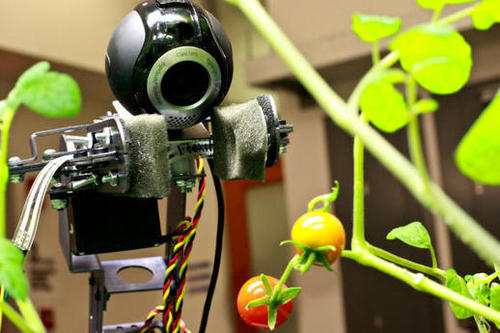
Robohub.org
Down on the robofarm | equities.com
“Soon, we might see fields with agribots that can identify individual seedlings and coax them along with tailored drops of fertiliser and measured sips of water. Other machines would distinguish weeds and dispatch them with a microdot of pesticide, a burst from a flame gun or a shot from a high-power laser. These machines will also be able to identify and harvest all kinds of ripe vegetables. Robots could bring major changes, too, in jobs and how we work, in the soil and its quality, and in how much energy, and thus carbon, goes into farming. They could reduce pollution and water use.” by James Mitchell Crow, Reed Business Information (Photo from the Distributed Robotics Garden, Distributed Robotics Laboratory, CSAIL, MIT)
See on www.equities.com
tags: agricultural robotics, horticultural robotics



